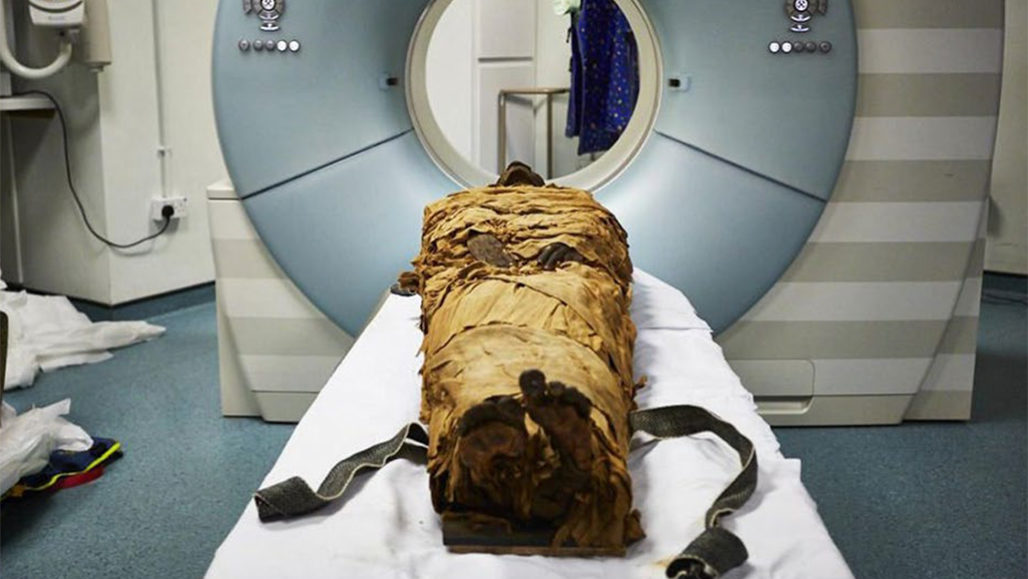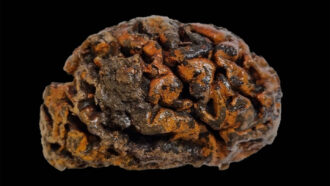3-D printing: A means of producing physical items — including toys, foods and even body parts — using a machine that takes instructions from a computer program. That program tells the machine how and where to lay down successive layers of some raw material (the “ink”) to create a three-dimensional object.
coauthor: One of a group (two or more people) who together had prepared a written work, such as a book, report or research paper. Not all coauthors may have contributed equally.
computer model: A program that runs on a computer that creates a model, or simulation, of a real-world feature, phenomenon or event.
CT scan: (Also known as a CAT scan). The term is short for computerized axial tomography. It is a special type of X-ray scanning technology that produces cross-sectional views of the inside of a bone or body.
electrical engineer: An engineer who designs, builds or analyzes electrical equipment.
environment: The sum of all of the things that exist around some organism or the process and the condition those things create. Environment may refer to the weather and ecosystem in which some animal lives, or, perhaps, the temperature and humidity (or even the placement of things in the vicinity of an item of interest).
mummy: A body preserved by natural processes or human technology, with some skin and organs remaining.
simulation: (v. simulate) An analysis, often made using a computer, of some conditions, functions or appearance of a physical system. A computer program would do this by using mathematical operations that can describe the system and how it might change over time or in response to different anticipated situations.
synthetic: An adjective that describes something that did not arise naturally, but was instead created by people. Many synthetic materials have been developed to stand in for natural materials, such as synthetic rubber, synthetic diamond or a synthetic hormone. Some may even have a chemical makeup and structure identical to the original.
tract: A particular, well-defined area. It can be a patch of land, such as the area on which a house is located. Or it can be a bit of real estate in the body. For instance, important parts of an animal’s body will include its respiratory tract (lungs and airways), reproductive tract (gonads and hormone systems important to reproduction) and gastro-intestinal tract (the stomach and intestines — or organs responsible for moving food, digesting it, absorbing it and eliminating wastes).
unique: Something that is unlike anything else; the only one of its kind.
vocal cords: A pair of membranes that are stretched over the opening of the larynx. They open when someone inhales air. They close when an animal holds his or her breath. But most importantly, they provide sounds — the voices — of animals. This happens as they vibrate when air is expelled from the lungs and squeezed through them. Animals can control the tension in these membranes, and how much they open. This provides the pitch of a sound and how loud it is, from a whisper to a bellow.
voice box: The hollow, muscular organ forming an air passage to the lungs and holding the vocal cords in people and other mammals. It’s also known as the larynx.








